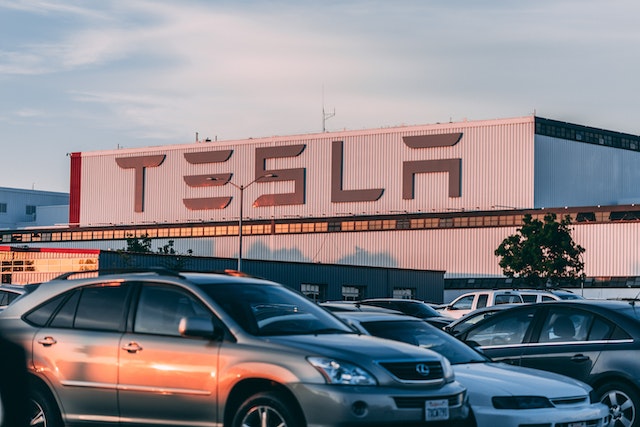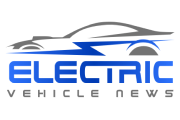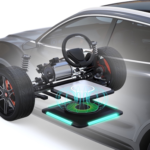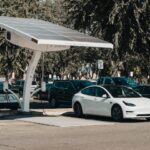
The ecosystem for electric vehicles in India is currently expanding. As part of its efforts to promote the adoption of e-mobility across multiple market groups, the central government has already developed specific EV laws and provided a number of demand and supply incentives.
The Indian government is pushing for a greater share of EVs in the country’s overall automotive mix through fiscal, monetary, and non-monetary incentives. These include direct subsidies to consumers purchasing EVs, preferential excise duty on EVs, exemption from road tax for EVs, access to bus lanes on certain national highways, and toll tax exemption on EV charging infrastructure, among others.
India’s National Electric Mobility Mission Plan proposes to have seven million passenger EVs (4% of total vehicles) by 2020 and 30 million by 2030. It also aims to have 100 public fast charging stations across 25 cities by 2020. Currently, there are over 5,000 charging stations spread across 40 cities/towns with an estimated capacity of more than 1,100 KW.
Let’s begin!
Table of contents
- Introduction
- Electric Vehicles in India
- Electric Vehicle Charging Infrastructure in India
- EV Charging Technology: What Is Trending in 2022?
- Impact of Technological Advancements on the EV Ecosystem
- Top 10 Leading Companies in EV Charging Infrastructure Market
- Conclusions
- FAQ

Introduction
Electric vehicles (EVs) are poised to change the way we drive. They can offer significant environmental benefits and improved safety and convenience. However, in order for EVs to become a mass-market phenomenon, the infrastructure for charging them needs to be in place.
A recent report from McKinsey & Company has found that the Indian EV charging ecosystem is currently in the early stages of development. According to the study, “India’s charging infrastructure is still in its infancy, and the country lacks the scale and breadth to make a major impact on the global EV market.”
Electric Vehicles in India
Electric vehicles in India are a very big challenge for the government. They are not so popular in India, because of the high cost of electricity and the fact that most people do not know how to drive them.
The Indian government has recently announced plans to introduce electric vehicles in India. As India is one of the fastest-growing economies in the world, this move could be a boon for the economy.
There are many reasons why electric vehicles are better for India. One reason is that the country has a shortage of gasoline. Another reason is that the country has a high percentage of women who drive, and they tend to be more interested in safety and convenience.
Electric Vehicle Charging Infrastructure in India
India is currently the world’s largest producer of renewable energy, and it’s only a matter of time before the country becomes a global leader in the deployment of electric vehicles.
The Indian government has taken a major step towards achieving this goal by establishing the National Electric Mobility Mission Plan of Action (NEMPA).
This plan aims to establish a nationwide network of charging infrastructure that will make it possible for all e-vehicles to be charged at any time.
EV Charging Technology: What Is Trending in 2022?
Electric vehicles have been making their mark on the global automotive industry for several years now. Although there are still many hurdles to overcome before we can fully realize their full potential, the market for electric vehicles is expected to continue growing in the coming years. This is due to a number of factors, including:
Ultra-fast charging
With the advent of electric vehicle technology, there is an increased demand for ultrafast charging systems. Ultrafast charging is a technique of charging an EV battery with an energy source that is 10 times faster than the normal charging speed.
Latest battery technology
Two issues preventing the widespread use of electric vehicles are battery costs and range anxiety. However, new battery technologies are being developed to address both of these issues simultaneously.
In India, the growth of the EV industry has been greatly aided by lithium-ion batteries. Some new technologies are also being investigated to aid the expansion of the Indian EV market, some new technologies are also being investigated. Graphene-based electric vehicles (EVs) that charge in just 15 minutes are a notable example of this.
It is thought to be an addition to, not a replacement for, conventional EV batteries. Additionally, a number of businesses are working to eliminate cobalt, which is one of the most expensive components in current batteries and will significantly lower the cost of electric vehicles.
Grid to Vehicle (V2G)
V2G is a crucial component of managing the energy used for EV charging because it enables two-way energy exchange between the grid and the vehicle. Vehicle to Grid allows energy stored in an electric vehicle to be returned to the grid at times of peak demand, easing strain. Let’s assume that the average car is parked for about 95% of the day.
With V2G connectivity, grids can be optimized by using millions of electric cars as decentralized energy storage resources with no startup or ongoing costs. As a result of this strategy, electric vehicle owners become “prosumers,” or both grid users and energy producers, which lowers their costs for charging their vehicles and qualifies them for other discounts.
Wireless EV Charging
Today’s wireless EV charging technology might help EVs become more widely used. This method is ideal for maintaining taxis or self-driving vehicles perpetually charged because it allows vehicles to automatically charge with a dynamic power wireless EV charging system while being parked in predetermined pick-up/drop-off locations. The same inductive charging technology used for wireless phone chargers is used for wirelessly charging automobiles.
The Impact of Technological Advancements on the EV Ecosystem
With the advent of technology, we have seen an incredible transformation in the way people live, work, and communicate. The Internet, in particular, has had a tremendous impact on the way we do business, the way we interact with one another, and even the way we think. In the case of the electric vehicle (EV) ecosystem, this transformation has been particularly significant. With the help of new technologies, we have witnessed an explosion in the number of EV startups, the popularity of EV-related events and conferences, and the overall awareness of EVs.
Top 10 Leading Companies in EV Charging Infrastructure Market
- Tesla, Inc.
- ABB
- Eaton Corporation
- ChargePoint, Inc.
- ClipperCreek, Inc.
- General Electric
- Honeywell International Inc
- Pod Point
- Leviton Manufacturing Co., Inc.
- Rittal GmbH & Co. KG.
Conclusions
In conclusion, the e-vehicle industry is going through a major restructuring. As a result, the traditional car companies are struggling to adapt to this new environment. At the same time, start-ups and entrepreneurs are looking for opportunities to enter the market.
The government is also taking action to support the development of the industry. It is providing subsidies to support the development of infrastructure and the creation of charging stations. This will help to increase the number of e-vehicles on the road. Also, help to make India a major player in the global EV market.
The new technologies will revolutionize the way that electric vehicles are charged, and support new charging industry regulations. It can significantly expand the market for companies involved in the e-mobility industry.
If you are also interested in taking an initiative in the EV business market and looking for industry experts, then do not hesitate to contact us at support@aeologic.com
FAQ’s
How can I charge my electric vehicle when it’s not available?
If you have an electric vehicle, you can charge it at home. You can also charge it at a public charging station.
What are the benefits of an EV charging station?
An EV charging station can provide many benefits to people. It allows people to charge their electric vehicles while they are away from home. It can also reduce traffic congestion and pollution.
Author Bio:
Manoj Kumar is a young blogger and digital marketer at Aeologic Technologies. Covering topics related to emerging technologies – AI, IoT, Big data, Cloud Computing, Cyber security, RFID and industrial automation. You can find Manoj on LinkedIn & Instagram.







